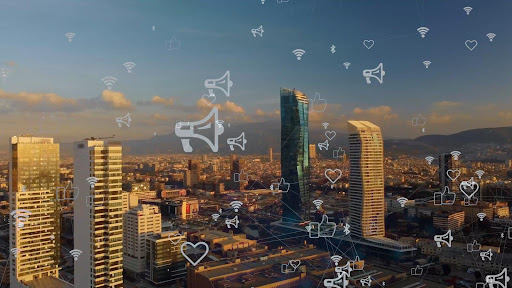Brussels
Belgium’s capital is Brussels. There are several significant European organisations situated there. Brussels is a very multicultural and multinational metropolis as a result. Due to the town takeover by world leaders in politics and diplomacy, it has developed into a vibrant metropolis.
The commercial district’s contemporary towers are also located amongst eccentric Art Nouveau structures. Brussels is also a centre for the arts, and many galleries profit from the lower rent than in neighbouring Paris. The well-known statue of Manneken Pis, the young boy who urinated, is another memorable piece.
Antwerp
The second largest city in Belgium is the Flemish region’s capital. It hosts the largest port in the nation, and the city’s crucial commercial location made it wealthy in the 16th century. Antwerp also developed into a centre of culture and art throughout that time.
Due to its significant role in the diamond trade, Antwerp is referred to as the “city of diamonds.” Eighty-five per cent of the uncut diamonds in the world are still processed in the traditionally orthodox Jewish diamond region. The central railway station, probably Antwerp’s most attractive structure, is nearby. The railway cathedral is a charming moniker for this stunning gothic building.
Shopping queens will appreciate Antwerp’s exquisite designer boutiques and jewels, making it a great destination.
Ghent
Although not the largest city in Belgium, it is among the most adored. The beauty of this charming city instantly seduces locals and visitors. It’s a must-see destination in Belgium, from the stunning mediaeval city centre to the hip pubs and shops.
Ghent is a university town with a relatively young population. As a result, the city boasts a lively atmosphere, fun nightlife, and a growing art scene. Ghent is a city that never sleeps!
Take one of the adorable water trams to explore the ancient city centre, which features stunning Gothic architecture, a lovely harbour, and a real castle. It’s also worthwhile to see the Cathedral, home to the well-known work “The Mystic Lamb’s Adoration.” After that, meander through Patershol’s cobblestone streets to find a hip little restaurant for dinner.
Bruges
Bruges is unquestionably the most well-known and stunning location in all of Belgium. Every year, this fantasy village draws almost 8 million visitors. That’s impressive for a town with a little under 120,000 inhabitants. Due to its prominence, Bruges suffers from over-tourism, particularly during the summer. Visit Bruges off-season for a more laid-back experience. The city has a true winter wonderland feel, with beautiful lights throughout the winter, which makes it more appealing.
It certainly is like travelling through time to walk around Bruges. It isn’t easy to single out any particular attraction amid so much grandeur. Still, the Church of Our Lady, the market, the Basilica of the Holy Blood and The Belfry from the 13th century are undoubtedly must-sees.
Leuven
Leuven is home to a variety of mediaeval buildings. The jewel in the city’s crown is the elaborately ornamented City Hall from the fifteenth century.
One of Belgium’s top universities is located in Leuven, particularly in the arts and humanities. A permanent exhibition on the city’s history is housed at the Catholic University Leuven’s library, among the school’s lovely structures.
The greatest beers in the world are produced in Belgium, which has a long-standing beer culture. You may take a tour of the renowned Stella Artois brewery in Leuven. Alternatively, drink at the market square’s longest bar row in Europe.
Written by Bernard de Laguiche










